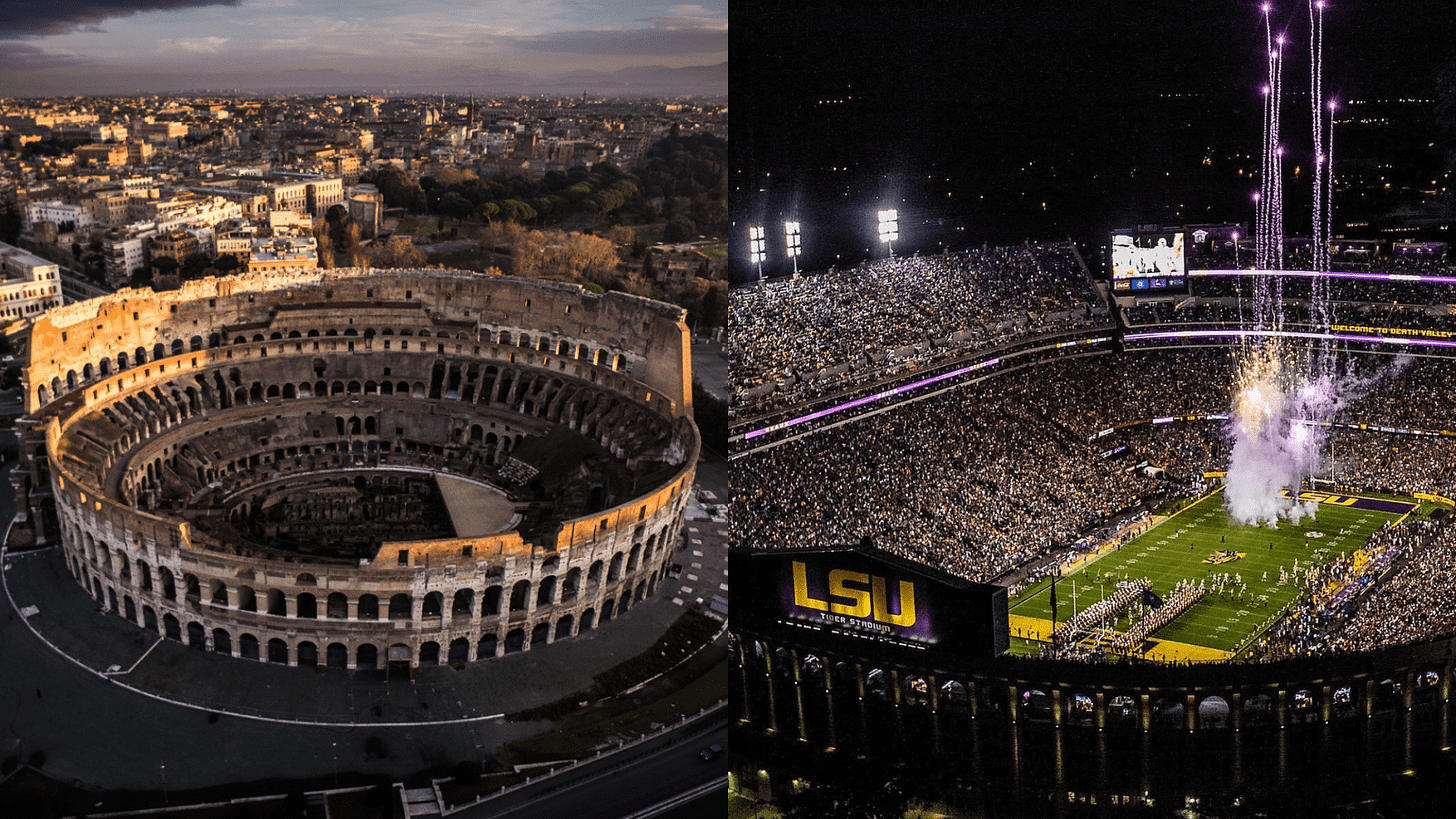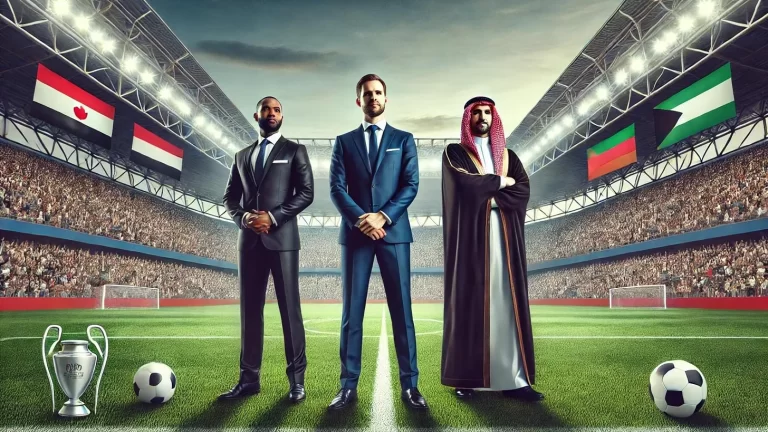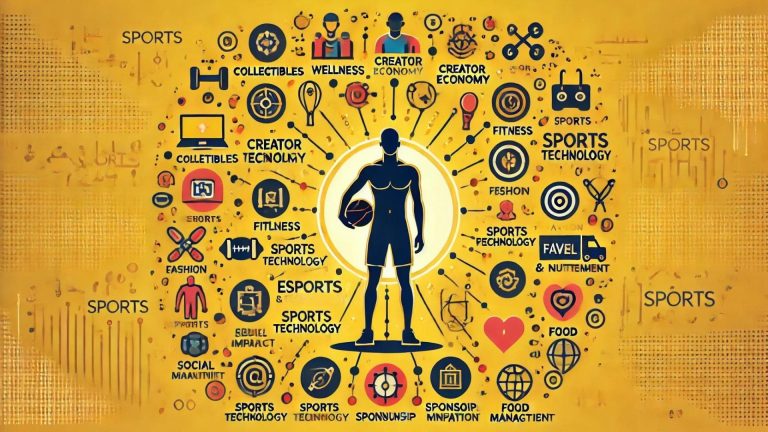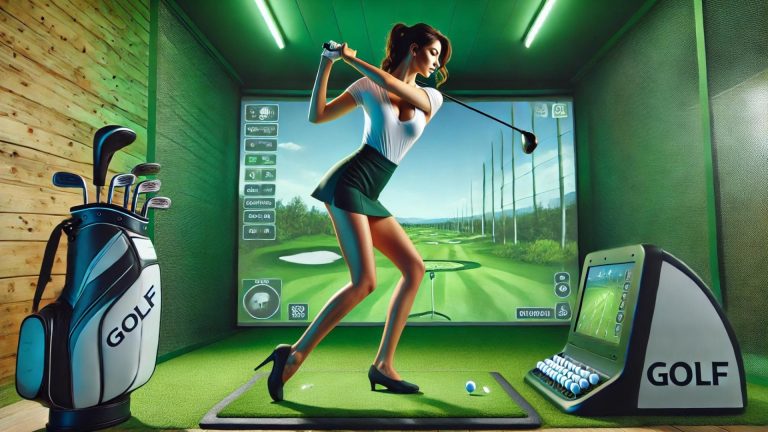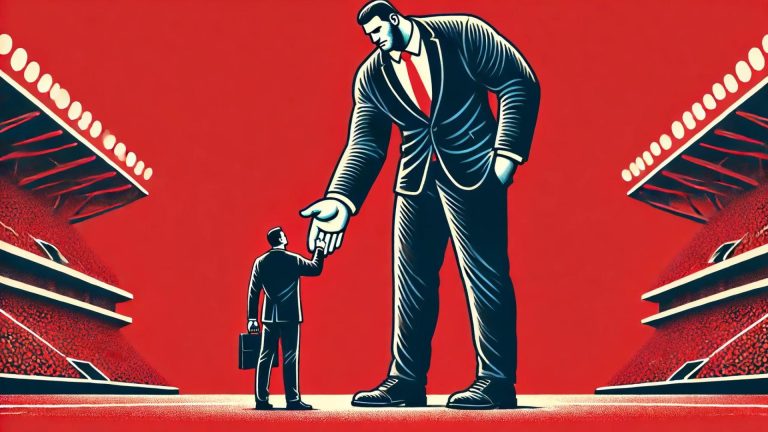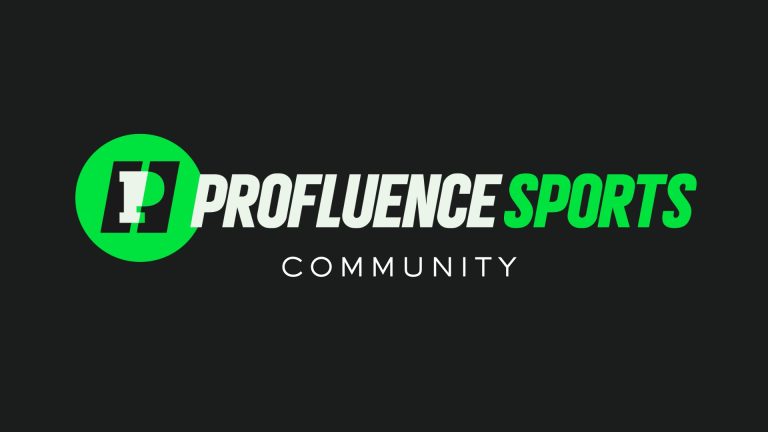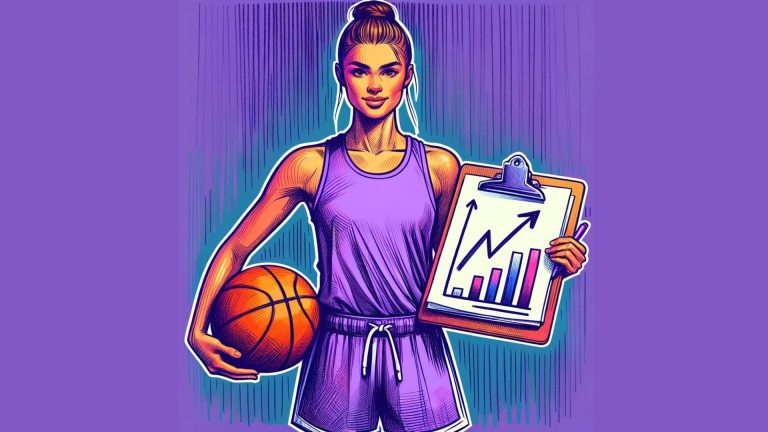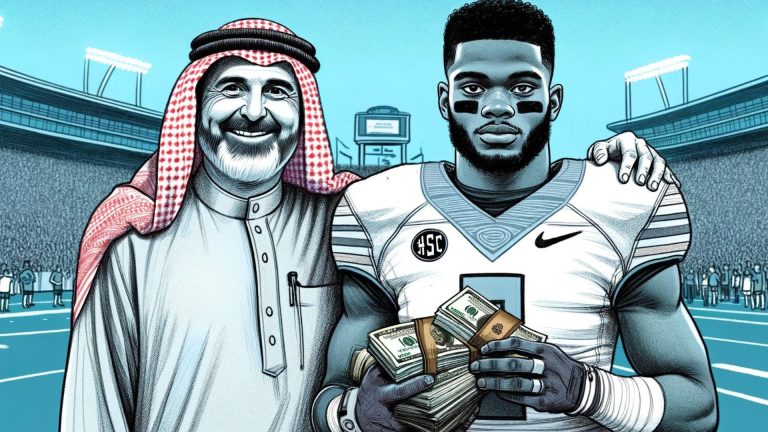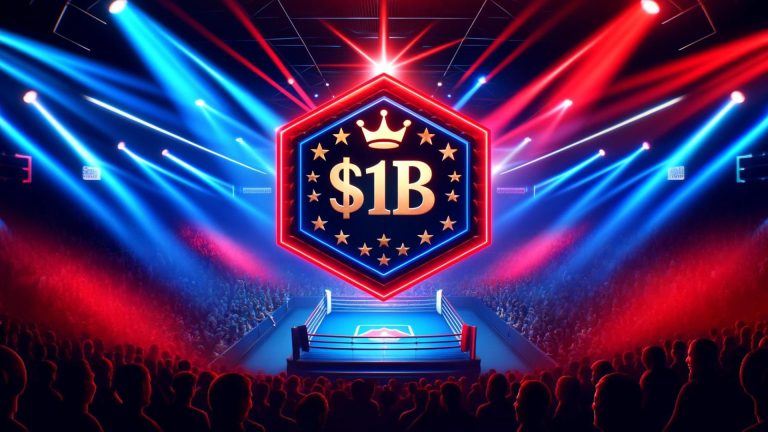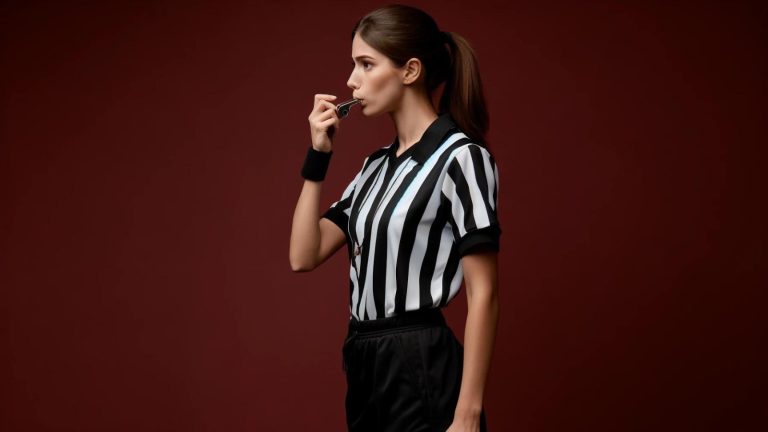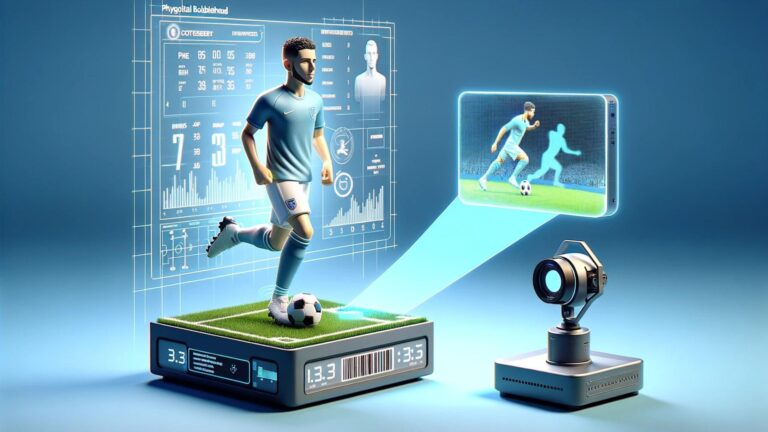Every year there are roughly 7.6M athletic-related concussions in the United States.
But what’s wild…
Is that nearly 50% of them go unreported.
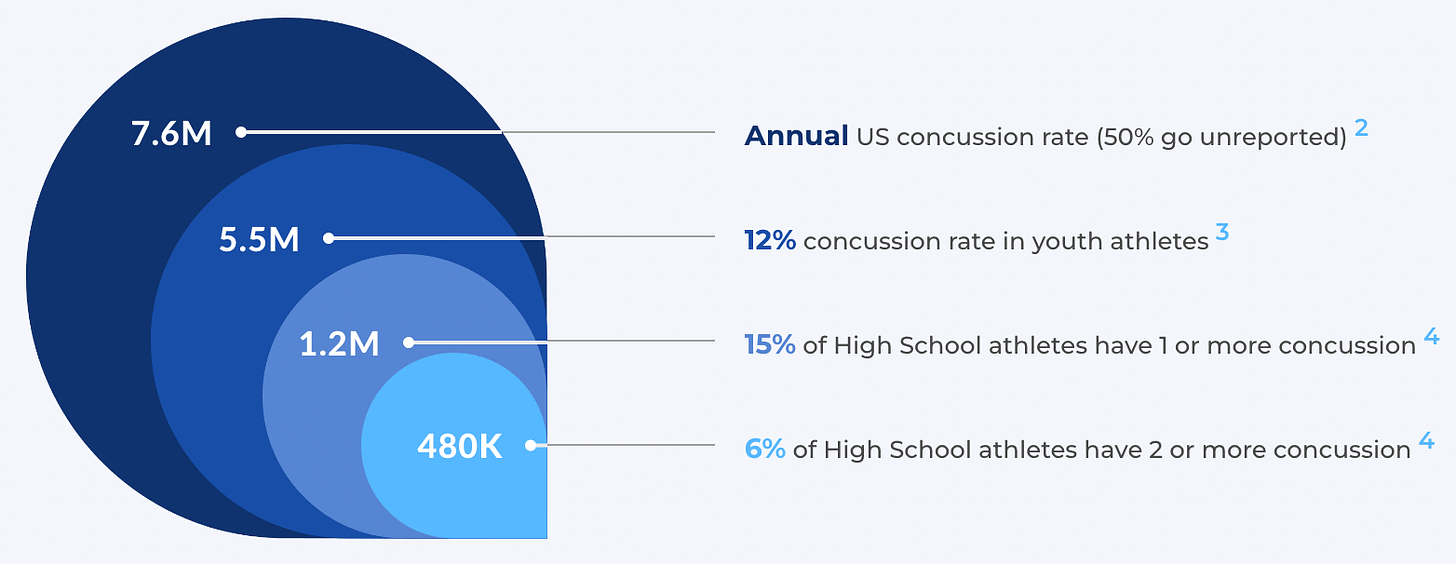
I can attest as to why…
While hooping in college, I got elbowed in the head by a 7-footer and missed a whole month of action due to a pretty severe concussion.
One year later, a very similar play happened and I for sure had another concussion.
So what did I do?
Nothing, because I knew a reported concussion would lead to extensive protocols and missed games.
But this can be dangerous, especially in sports where head-to-head contact is a “normal” occurrence.
CTE
Two weeks ago, researchers concluded that former NFL wide receiver Demaryius Thomas had CTE when he died in December at only 33 years old. He joins the ever-growing list of deceased athletes that were impacted by the disease.
We always hear about CTE, but what is it?
Chronic Traumatic Encephalopathy (CTE) — is a debilitating disease caused by repeated brain trauma. It often leads to cognitive symptoms like memory loss and even suicidal behavior, as well as increasing a person’s risk of developing other brain diseases, including Alzheimer’s.
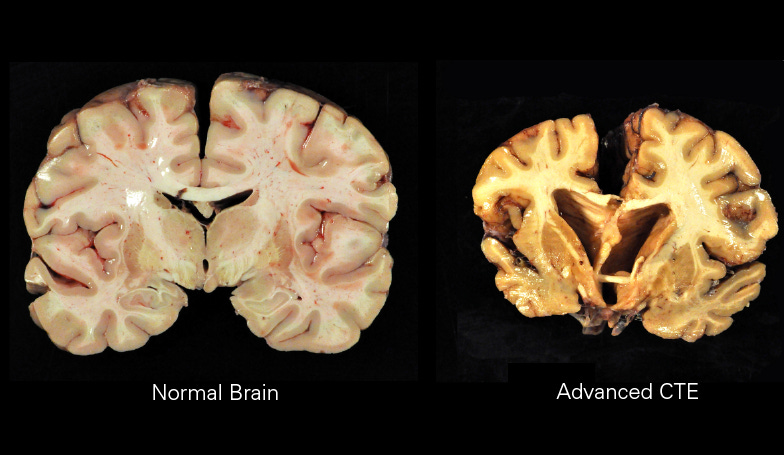
It’s most prevalent in hockey, boxing, mixed martial arts, and American football.
A paper published last year by Boston University’s Ann McKee found that 110 of the 111 brains donated from former NFL players had CTE.
Alarming, right?
But there’s a problem…
A notable percentage of former pro football players surveyed said they had received a clinical diagnosis of CTE — but it can’t be definitively diagnosed until after death.
Not as much is known about the disease as scientists would like to admit, but progress is being made in the right direction.
There are several early-stage companies trying to solve the concussion problem in hopes that it also drastically reduces CTE.
The Concussion Companies
I’m a firm believer that athletes are the modern-day warriors.
Heck, the entertainment might have changed, but the concepts are the same.
The world isn’t perfect, but it’s more peaceful than its ever been.
Many of the top technologies used to come from the military down to the general population.
Whereas today, a lot of the newest technology starts in sports and scales its way to everyday humans.
This is a major reason why I’m so bullish on the sports space — as the tech, software, and equipment go beyond just a game.
Concussions, specifically head safety technology, fits perfectly in this category.
While there are some big players in the space, today we’ll be focusing on the newest innovations from early-stage companies.
Headwear
In a space dominated by Riddell and Schutt, a new company by the name of Light Helmets is starting to make some waves.
They raised corporate money around the idea that lighter helmets are safer — because the neck doesn’t bear the impact of all the extra weight.
Reducing weight reduces energy, right? E = 1⁄2 m*v2 for anyone who needs a physics reminder.
Without going too far into it, there are plenty of politics in the helmet game.
After the NFL’s massive $1B head-injury settlement, they decided to formulate their own protocols and testing labs.
In 2018, the NFL made significant rules changes around head collisions and kick returns. As concussions decreased, they credited it to helmet technology.

However, the NFL doesn’t release concussion data from practices, which makes it fair to assume the same amount are likely occurring…
Speculating here, but it was most likely rule changes that reduced concussions, not the helmets.
I say all of this because players must pick a helmet from the NFL-approved list. The Light LS2 helmet was denied by the NFL despite being ranked the 7th best helmet according to Virginia Tech’s independent research lab.
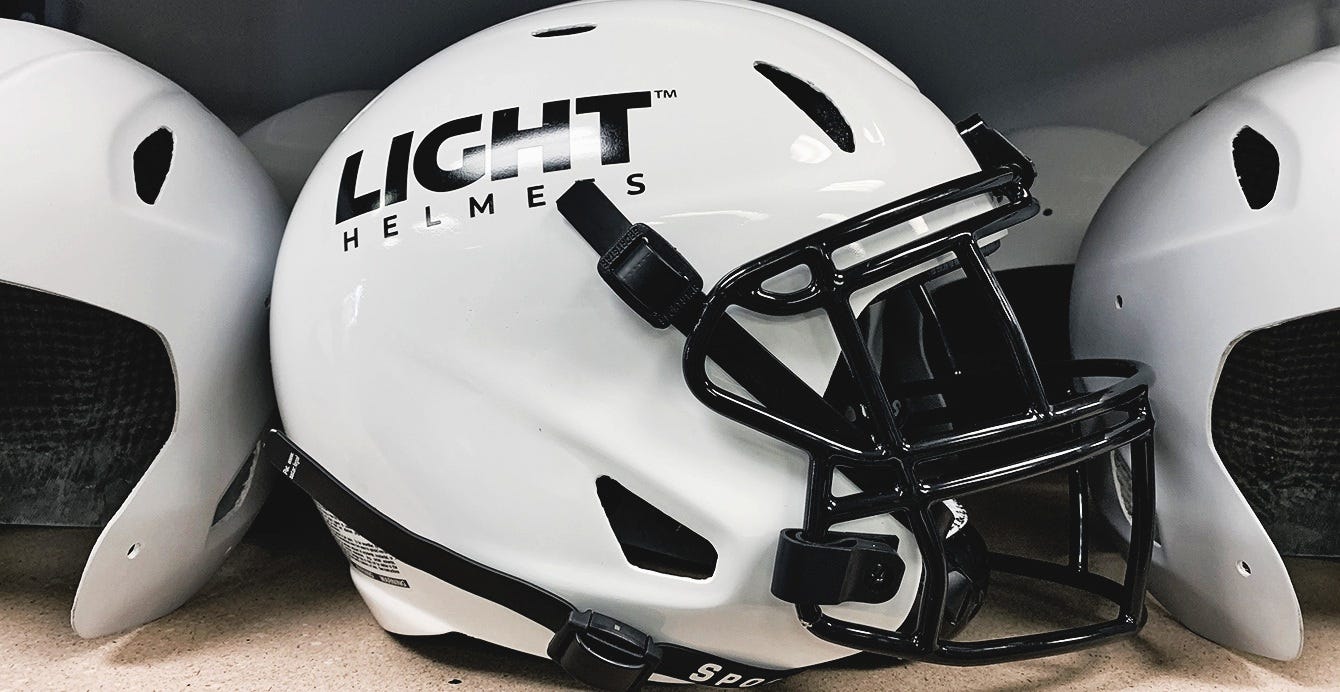
Helmets are apparently a political business, which isn’t good considering the profound impacts they can have on millions of people’s safety and future.
The safer the headwear, the less need for everything else downstream.
In-Game Concussion Tech
No matter how safe the headwear becomes, there’s always going to be a need for technology that determines if an athlete needs to get further evaluation.
50% of head injuries go unreported, which is why after raising a seed round last year Tozuda created a helmet sensor that flashes red when the G-force is hard enough.
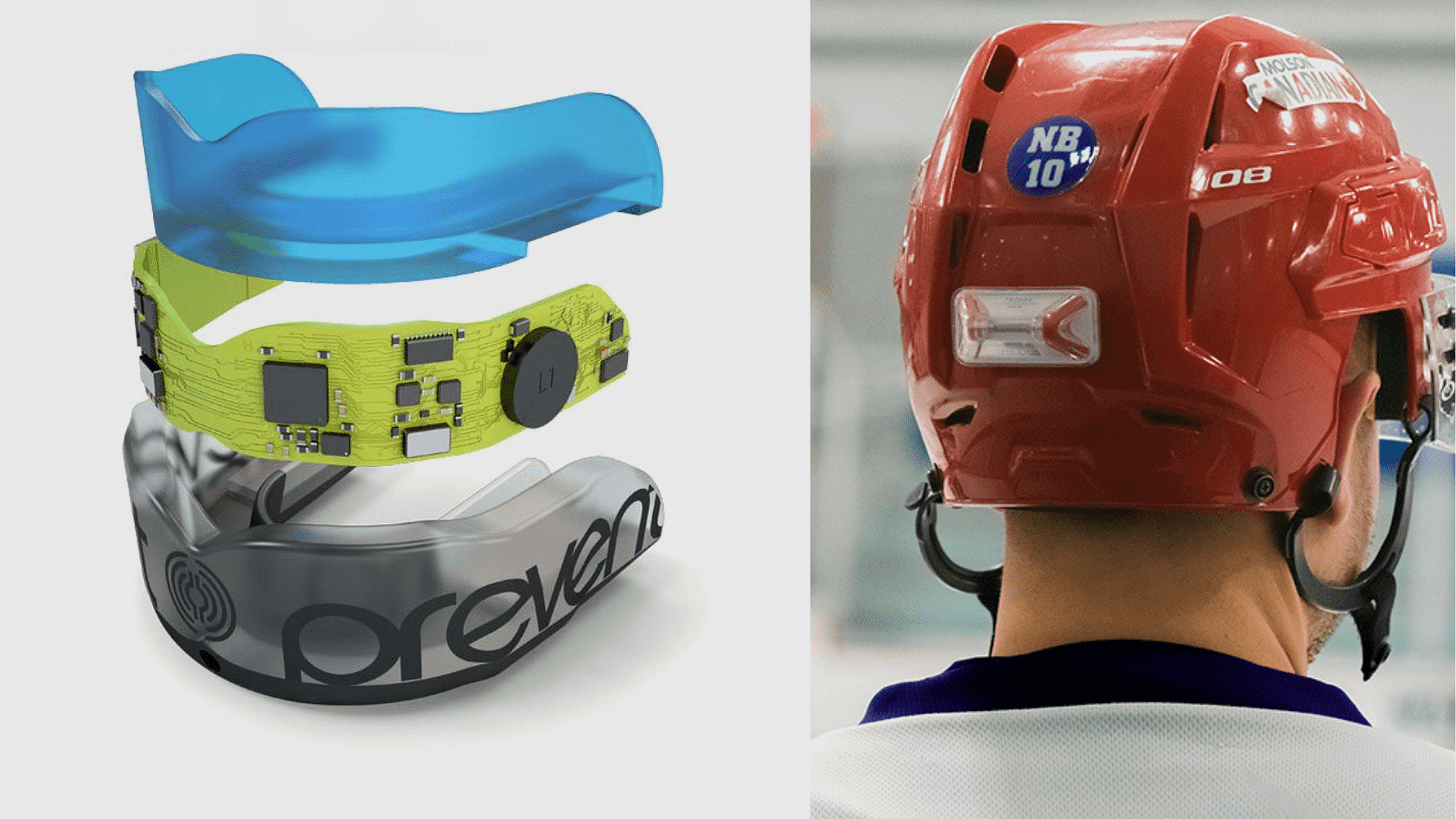
Prevent Biometrics created a mouthguard that records the force, location, and direction of head impact. They raised a $5M Series B in February.
While the headwear helps reduce concussions, and the in-game tech helps identify large hits, athletes still need a proper evaluation.
Oculogica raised $4M in June to expand its concussion diagnosis technology, which is based mostly on tracking eye movements.
B2B Software
Organizations and medical professionals need a way to manage head injuries in one place.
Synaptek, HeadCheck Health, and Sportgait are management tools that provide concussion care from start to finish. All three companies have raised pretty significant seed rounds.
The whole premise is around saving time, streamlining communication, centralizing documentation, and helping with clinical decisions.
All of them also offer baseline testing, which is used to help determine an athlete’s standard brain functionality.
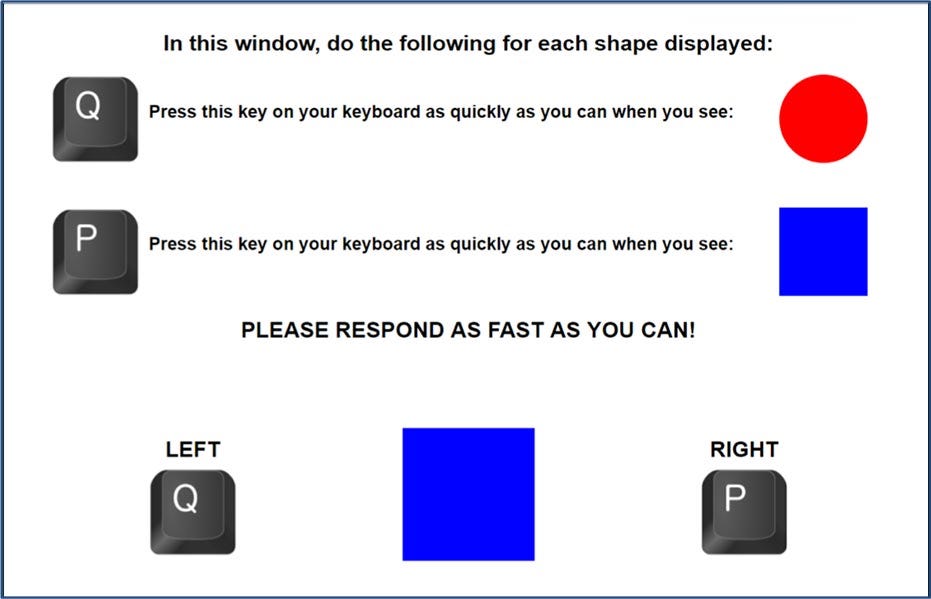
But there’s an issue that is yet to be solved…
Many athletes purposely score lower on the baseline test — so if they’re brought into concussion protocol they don’t need to score as high on the test to pass.
Concussion Recovery
Post-concussion there is usually a tedious “return to play” protocol.
Depending on the severity of the concussion, this process usually lasts a few weeks and requires several milestones to be reached (mine lasted about 3 weeks at Boston University).
Neurovine is a software company that connects with EEG headsets to measure brain activity and store all of the data.
The Canadian company raised a $3M Seed Round last year to continue improving the concussion recovery process in a safe and efficient way.
Futuristic Concussion Companies
VR meets athlete safety.
SyncThink uses virtual reality to assess abnormal eye movement, thereby enabling medical professionals to monitor and diagnose patients who have cognitive impairment or possible concussions.
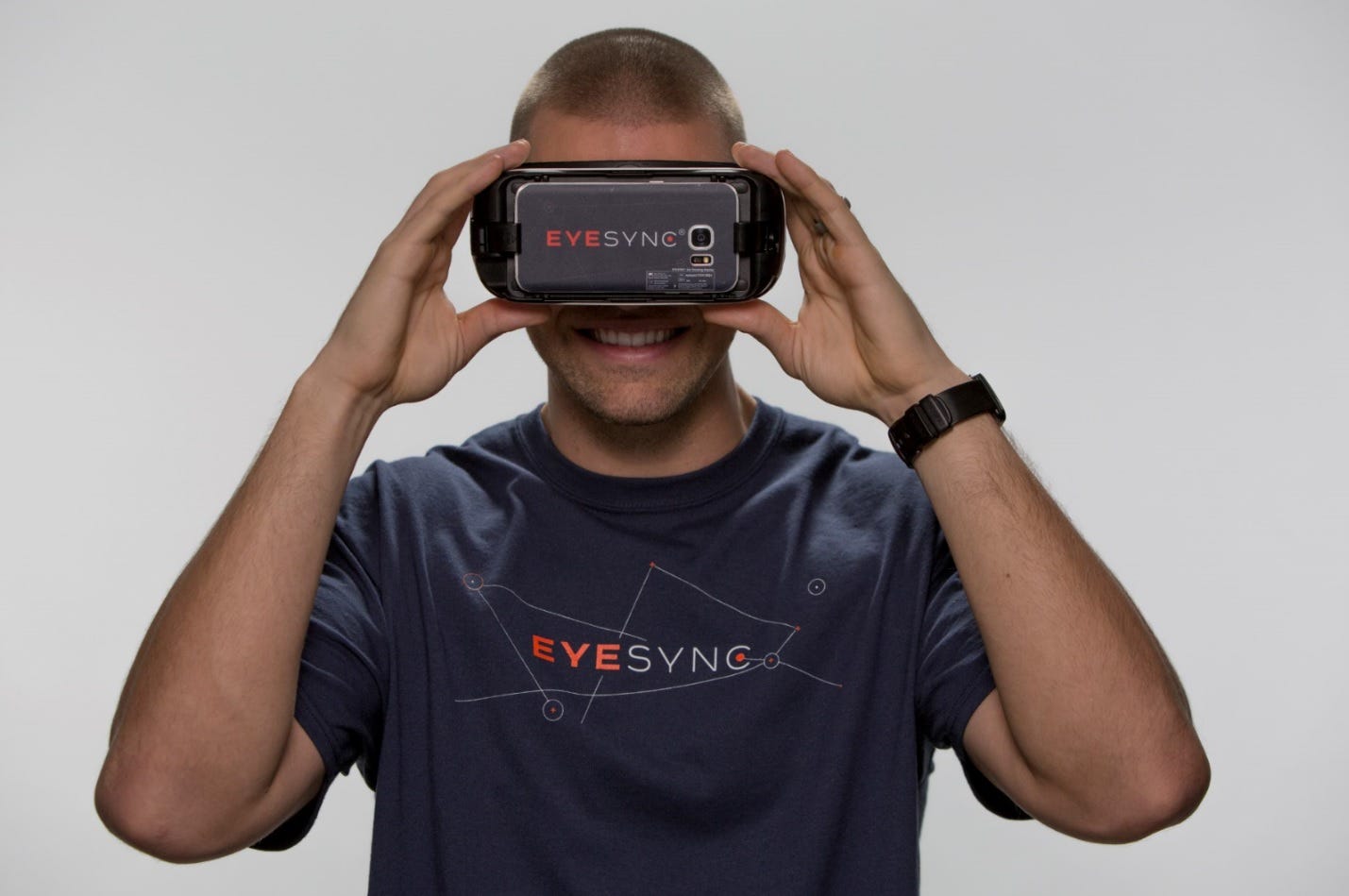
Hall of Fame NFL QB Steve Young is an advisor to the company.
While all of this tech is great…
What if we could eliminate or greatly reduce concussion symptoms through medicine?
NeurAegis is attempting this after receiving a $3.8M grant from the Department of Defense’s Combat Casualty Care Research Program.
They are a pharmaceutical company pioneering the development of breakthrough treatments for neurological disorders including traumatic brain injury (TBI)/concussion and epilepsy.
There are currently no FDA-approved treatments for TBI/concussions.
Looking Forward
Any technology associated with concussions is not just good for sports, but all of humanity.
Millions of people experience head injuries each year — many coming from car accidents and falls, not just sports.
Something that will be interesting…
Is if companies producing concussion equipment use athlete ambassadors or even NIL to try and promote their products.
Imagine if Tom Brady invested in Light Helmet and then came out Week 1 wearing their newest helmet…sales would go through the roof.
Another interesting trend is the dropping participation levels in “combat” sports.
From 2006-2017, the number of total participants in tackle football dropped from 8.4 million to 5.22 million – a 37.8% decrease.
The decrease began around the time concussions and chronic traumatic encephalopathy (CTE), came to the forefront of neurological medicine, specifically relating to tackle football.
However…
With athletes making more money than ever before, and NIL allowing college and high schoolers to profit, participation will most likely start going back up.
🧠
